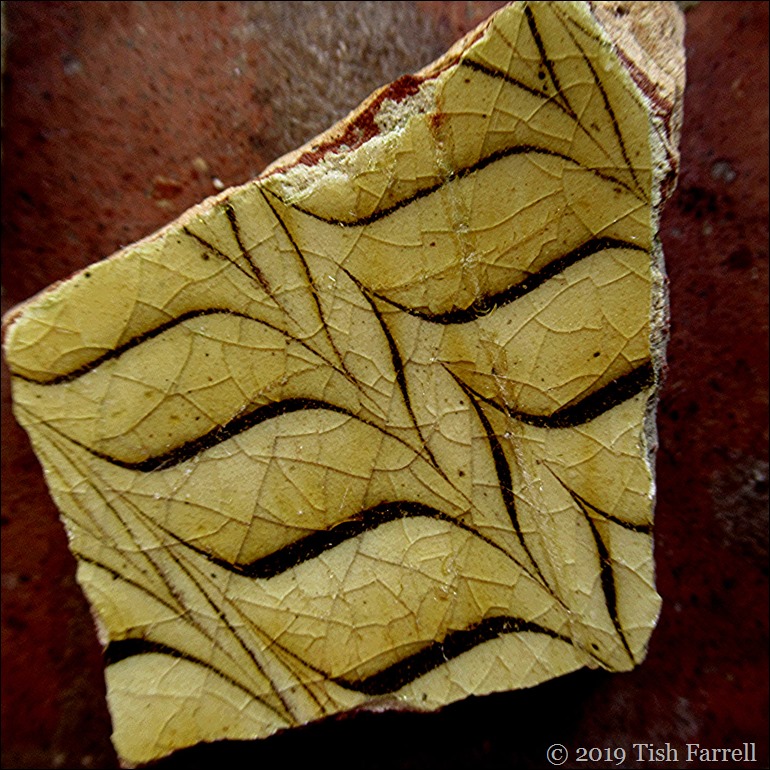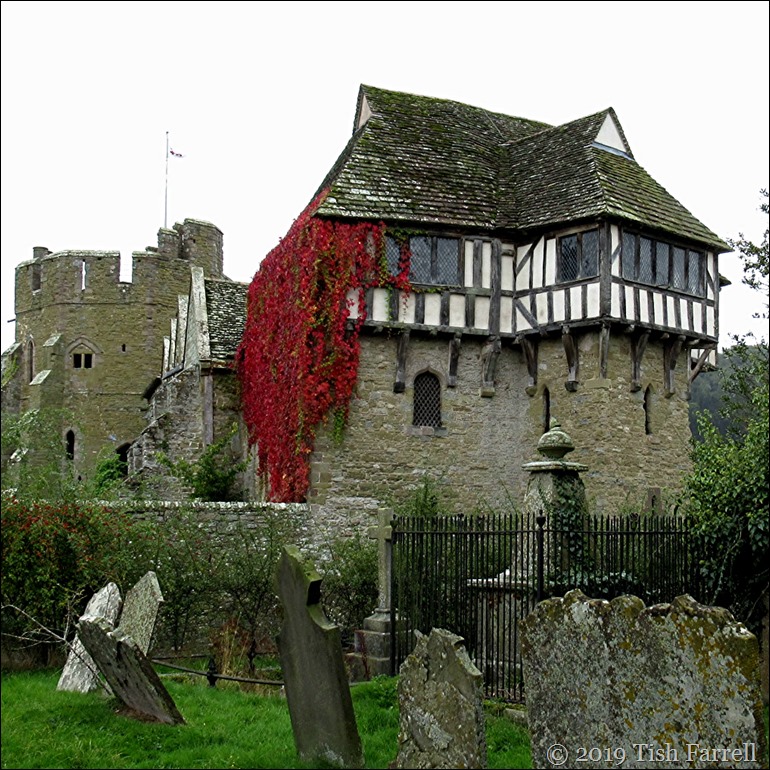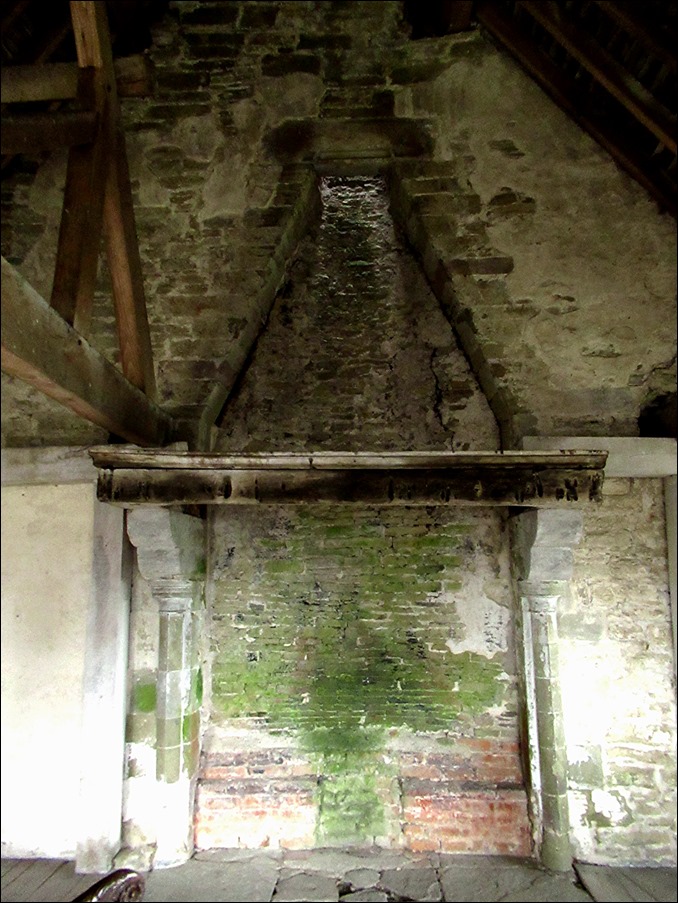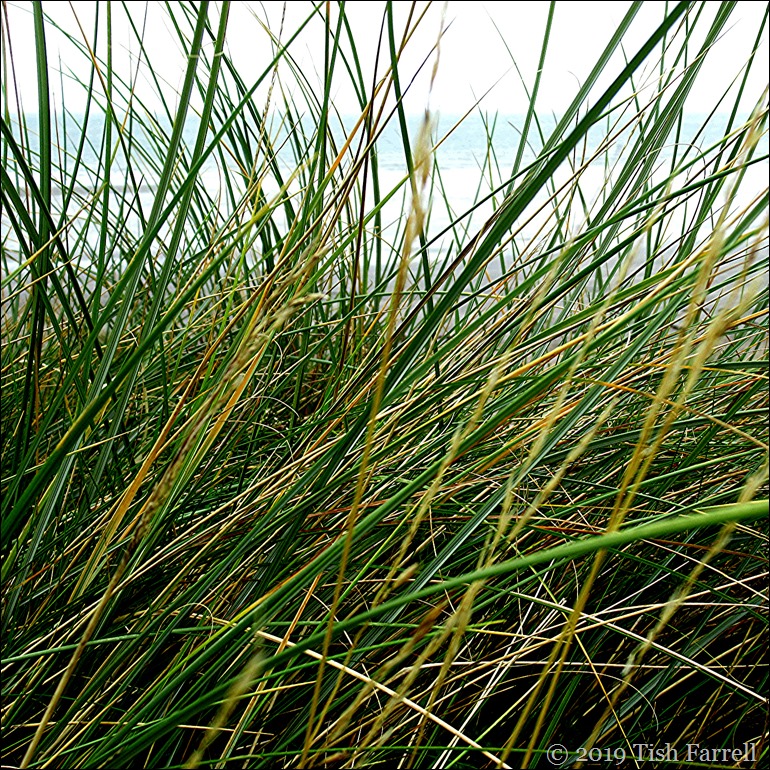
And surely a query worth contemplating. For instance, how would we get on without all our high-techery and labour-saving homes? Or fare without the daily multiple-choice comestibles. Or the mass entertainment streams. Or the means to travel where and when we want and in great comfort. Or the shopping opportunities by land, air and internet. Would we think it a life worth living without plumbing and waste management systems? Would we feel ourselves utterly impoverished? Could we even survive as our ancestors survived over tens of thousands of years?
Of course by the time we in Britain reached the era of technological development that archaeologists call the Iron Age (c. 800 BCE to 43 CE and the Roman invasion), the manner of existence is at least broadly recognisable to us. People lived in farmsteads and fortified villages and belonged to regional tribal groups ruled by individual chiefs (men or women). These people were horse-riding, chariot-driving warriors as well as farmers. They also had specialist metal workers, potters, and weavers. They built hillforts on a monumental scale (e.g. Maiden Castle, Danebury, Old Oswestry). Some were inhabited. Some were not. Some were elaborations of earlier earthworks begun in the Neolithic and Bronze Ages. Their exact purpose is often unclear – tribal prestige, defence, seasonal market and ritual gathering places. All of these.
Some things we do know about Britain’s Iron Age people – they were prosperous farming folk employing improved methods of agriculture (iron-tipped ploughs and new strains of barley and wheat; they cultivated peas, flax, beans; they raised pigs, sheep and cattle). The great numbers of Iron Age sites suggest that the population was on the rise. Nor in Britain were they isolated islanders. They traded with continental Europe, exporting (in particular) grain, hunting dogs and rain-repellent woollen capes, possibly also slaves, and importing wine in return. At least three to four hundred years before the Romans arrived, Greek, Phoenician and Carthaginian traders were coming to Britain for Cornish tin.
The southern British tribes had their own coinage. Iron Age smiths worked in gold as well as iron and created torques, brooches and bracelets of unsurpassed beauty as well as magnificently wrought swords and shields. Many that have survived appear to have been votive offerings, placed in lakes and rivers. Roman historians write of druidic cults and of human sacrifice and other deemed dark Celtic practices.

The photos here were taken at Castell Henllys, a promontory fort in the uplands between Newport and Cardigan. Excavations have been continuing on this small hillfort site since the 1980s, and for the last twenty years it has served as a training ground for York University archaeology students. The reconstructions are based on the excavations and occupy parts of the site where there is no archaeology. The outlines of the original excavated homes of these Iron Age Celts are marked with posts. When we were there some primary school children were using them to weave willow panels – the basis of Iron Age wattle and daub house wall construction. (Seen in the distance in the next photo; also the reconstructed fort gateway).

The main frame of the houses (20-30 feet in diameter) comprises some pretty heavy duty posts, the roof thatched with grasses laid on cross laths. There is no chimney, but the smoke from the central cooking hearth would have risen through the rafters and helped to seal the thatch. It would have been pretty fumy, but also draughty too with a wide gated entrance.


*
As you can see, the houses were spacious inside, probably catering for one family unit while the settlement as a whole would be made up of extended family members. The primary school children were having a fine time learning domestic skills.

Iron Age cookery lesson.


The Granary
*

Artist’s impression: Castell Henllys in around 300 BCE
*
The fortifications around the houses certainly suggest their inhabitants were well prepared for marauding invaders. Archaeologists uncovered an unusual feature in the outermost line of defence – a ‘cheveaux-de-frise’ – a formation of embedded rocks placed to stop chariots in their tracks, and within sling-shot range. And to go with it, a large hoard of slingshots was also discovered, placed in readiness behind the rampart. Both finds are more commonly known from European and Irish sites.

And what happened here after the Romans invaded? It seems the people adapted. Just north of the hillfort there are remains of a Romano-British farmstead. Life goes on then, but not always as we expect it to.
copyright 2019 Tish Farrell
Related: https://tishfarrell.com/2013/06/18/the-great-earthly-curves-mystery-what-when-and-why/
Line Squares #18


















































